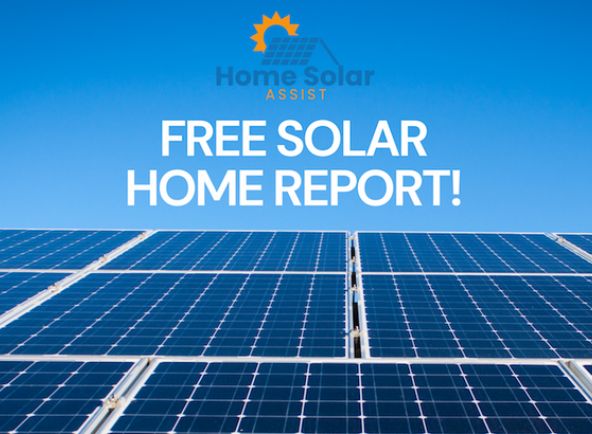
Switching to solar energy is an excellent way to reduce your electricity bills, decrease your carbon footprint, and increase the value of your home. However, installing solar panels requires careful planning and knowledge to ensure you get the most efficient and cost-effective system. Here’s everything you need to know before starting your solar panel installation.
Assess Your Energy Needs
Before installing solar panels, calculate your household’s energy consumption. Review past electricity bills to understand your average daily and monthly usage. This will help you determine the number and size of panels required for your home.
Evaluate Your Roof
The suitability of your roof is crucial for solar efficiency: Direction and Tilt: South-facing roofs receive the most sunlight in the Northern Hemisphere; north-facing roofs work best in the Southern Hemisphere. Condition: Ensure your roof is in good condition; repairing or replacing it before installation avoids future issues. Shade: Trees, buildings, or other obstructions can reduce panel efficiency.
Choose the Right Type of Solar Panels
There are several types of solar panels, each with its pros and cons: Monocrystalline Panels: High efficiency and sleek design; ideal for limited roof space. Polycrystalline Panels: Slightly lower efficiency but more affordable. Thin-Film Panels: Lightweight and flexible but less efficient; suitable for unconventional surfaces.
Installing solar panels is a long-term investment that can save money, increase property value, and reduce your environmental impact. By assessing your energy needs, evaluating your roof, choosing the right panels and inverter, and hiring a qualified installer, you can enjoy the benefits of solar energy safely and efficiently.